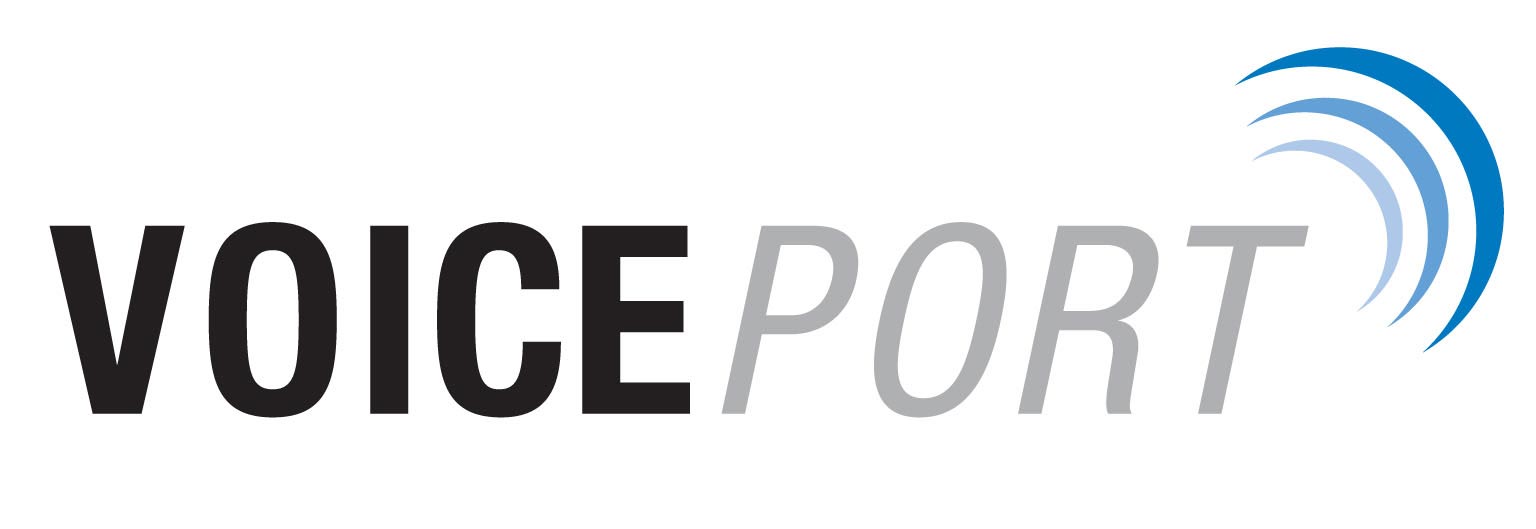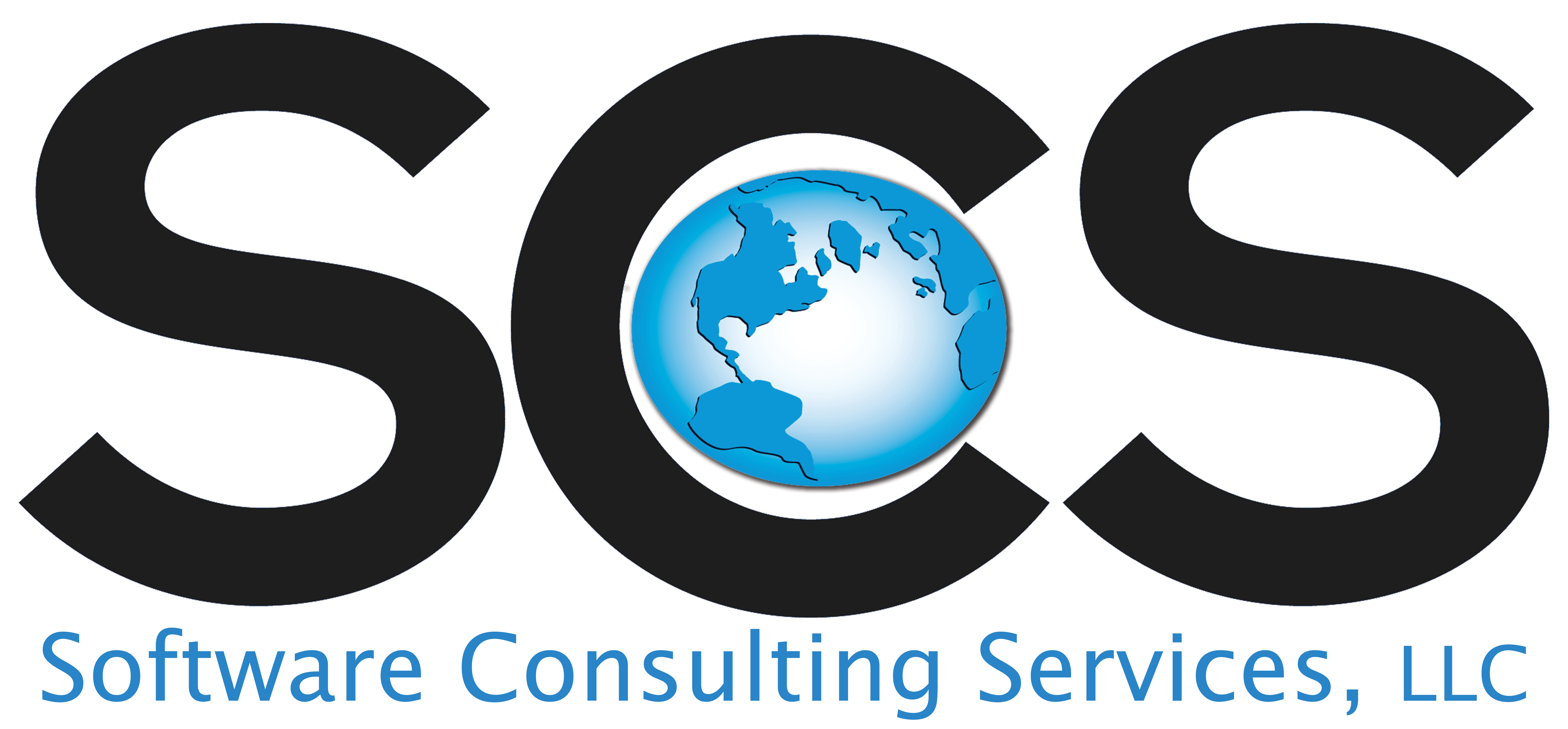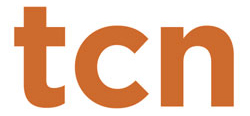A Community’s Hierarchy of Needs
Mother Teresa once appropriately said, “I alone cannot change the world, but I can cast a stone across the waters to create many ripples.” To change a community, we can learn from Mother Teresa as well as from the much taught Maslow’s – Hierarchy of Needs.
If you recall, Maslow’s theory tells us we must first meet the lower level in the pyramid of individual needs such as food, shelter, and so forth before we can climb to the higher and more comfortable levels of the pyramid. Changing the individual to a community, this works the same way. Communities must first meet the basic needs of their citizens. The community needs are much the same as individual needs. Instead of food, we substitute basic amenities such as police and fire. In lieu of basic shelter, it might be the ability to offer affordable housing. Police, fire, housing are all basic entry points for a successful community. In other words, provide an environment for people to survive within your community by meeting their basic community needs.
But as Maslow taught, those are only short term simple or basic survival needs. We should always strive for much loftier goals. The real end game for the community is to attain or thrive at the top level of the pyramid, or self-actualization. This level is where you have the wishes of your heart’s desire. Translated in community terms, this can mean where you have higher wage opportunities attracting younger generations. It might mean good roads, great parks and gathering places, local and unique shopping experiences, along with restaurants. The higher up the pyramid the community goes, the greater their economic vitality. As they say, rising water raises all the ships in the harbor, this is true of your community’s vitality as well.
Unfortunately, too many communities are stuck on the lower levels of the pyramid. This is due to various reasons, some controllable and some not quite as controllable. The lower end of Maslow’s pyramid was never meant to be the end game and provides a very short-term view or vision. We are only meant to pass through that portion of the pyramid on the way to the top of the pyramid, which comes with a much greater quality of life.
How do communities come to realize the goal of self-actualization? We must first realize the economic threats to our communities. By doing so, we can alter the course or path that we may be on. Many small towns are dying as local businesses shut their doors giving way to Wall Street chains and online options. Those assets may be needed to firm up the bottom of the pyramid but will never move your community to self-actualization. Communities must understand that to achieve community self-actualization, they must seek ways to capture more local revenue from locally owned and operated businesses, that is what will ultimately power the community forward.
Communities must realize that local dollars spent at non-local entities, while necessary at times, carry a 3-7X lower return or ROI to their community than dollars spent at locally owned and operated businesses. Without understanding the real economic return on those local dollars, communities often make financial decisions that have dire long-term economic consequences.
Dollars spent locally are the lifeblood of any community, which must flow freely to help maintain full health. The more wounds (non-local spending) we have in our economic blood flow, the weaker our community immune system becomes. Many communities fail to have a well-balanced economic eco-system that balances and provides equal incentives for local entrepreneurs. Without this equal emphasis on local business, the outflow of economic blood becomes economically stifling and the community slowly dies as city governments have less of a revenue base to work with each passing year.
The growing onslaught of online consumer options is getting even more competitive. With cities courting more and more big box and chains that move those valued local dollars to Wall Street rather than Main Street, they risk being out of balance and falling into an economic trap. Building the hyper-local business base is the only way out of what some refer to as the community death spiral.
Building and shopping local isn’t simply a nice thing to do, it is essential for your city to survive in the future.
John Newby, from SW Missouri, is a nationally recognized Columnist, Speaker, & Publisher. He consults with Community, Business & Media. His “Building Main Street, not Wall Street,” column is enjoyed by 60+ communities around the country. As founder of Truly-Local, he assists community and business leaders in building synergies that create vibrant communities. He can be reached at: info@Truly-Localllc.com

















